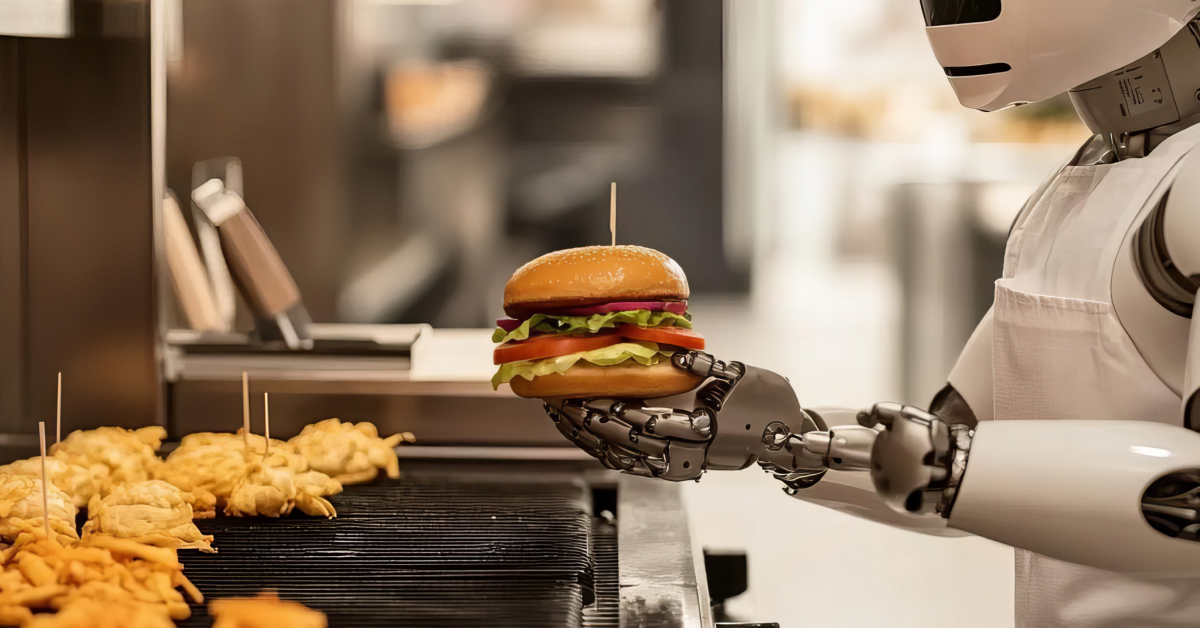
Leveraging AI and Automation to Streamline Restaurant Operations
The restaurant industry is in the middle of a tech revolution, isn’t it? And guess what’s driving this transformation? AI and automation! These cutting-edge tools are doing more than just saving time; they’re reshaping how restaurants run their operations and connect with customers.























